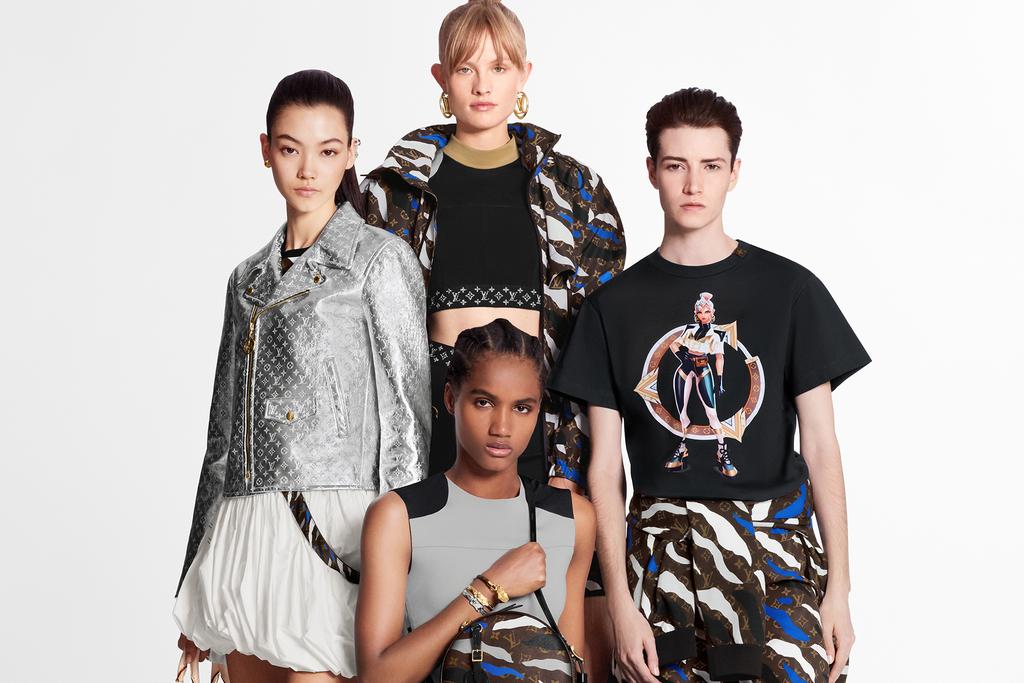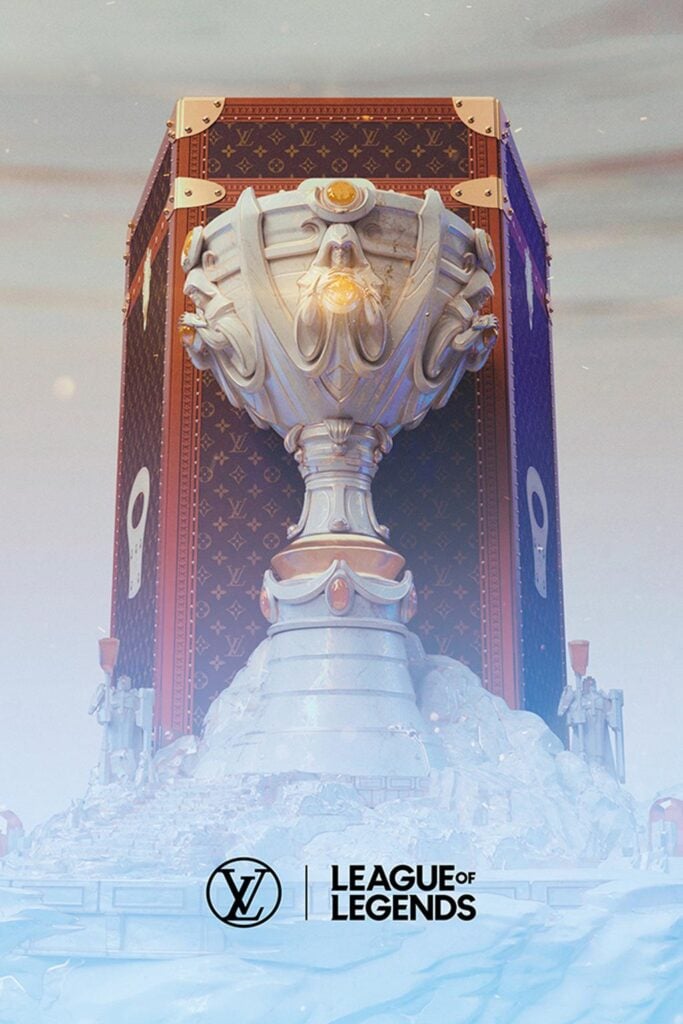The lines between where gaming audiences start and end are getting blurry, so brands that “bet on gaming are betting on the future” according to speakers at IAB’s 2024 Game Advertising Summit.
Speaking at the event, Google’s Rebecca Holmes and Rebecca Conrad, who manage strategy and insights, said there’s really no end to how gaming permeates all other types of culture, including traditional media.
On the basis of time spent on apps, The New York Times is now a gaming company. People are spending more time in the NYT gaming app than they do their news app or any of their other owned properties. This is thanks to the company acquiring the word game Wordle in January 2022. It reportedly paid its creator, software engineer Josh Wardle “in the low seven figures” for the game and now has a player base of “tens of millions.”
The New York Times is now a gaming company on the basis of customer time spent
(From ValueAct, Data estimated by Yipit, Source: https://t.co/hdSkS5oF25) pic.twitter.com/vEfickAyup
— Matthew Ball (@ballmatthew) March 31, 2024
Holmes and Conrad’s research at Google found that different genres of games attract different audiences. For example, people interested in the lifestyle simulator, The Sims, are more likely to be in the market for makeup, while people interested in the racing series Gran Turismo are more likely to be in the market for a luxury vehicle.
“Because of the variety of games and gaming content, it’s really easy for brands to find a link to a gaming audience,” Holmes said.
Unexpected brands are also finding a gaming audience, including Louis Vuitton.

In 2019, the French luxury clothing brand partnered with League of Legends, a game popularly played professionally at e-sports events. The brand ran a full game integration, including a line of clothing that was in theme with the game, and created a bespoke Louis Vuitton trophy box called the ‘Summoner’s Cup’. It was awarded to the winners of the 2019 League of Legends World Championship.

According to Holmes and Conrad, Commonwealth Bank’s bet on the Matildas is an example of investing in an underinvested industry. That investment is paying dividends.
“In 2016, CommBank stopped sponsoring the Australian male cricket team and instead decided to sponsor the Matildas, which was a huge risk because at the time, the team only had about 2,000 people come and watch their games,” Conrad said.
“In this instance, CommBank was really forward-looking. It saw the cultural change coming, and it jumped on this movement early. Not only did they get a really good deal as an early sponsor, but it helped CommBank become a globally recognised brand.
“We’ve heard a number of times that gaming is underinvested as an industry in Australia, but the Matildas proved there’s a lot of opportunity to grow in a low-investment area. Brands can remain relevant by tapping into this cultural shift.”
